
On our last morning in Rome, we walked ourselves to a taxi stand at the end of Via dei Coronari, caught a ride to the Termini train station, and drove off from the Hertz rental office, direzione Napoli. We would skirt the city in the south, avoiding the temptation to pause for the best pizza in the country, and instead stop in the small village of Ercolano, still ominously sitting in the shadow of Mount Vesuvius, and visit the archaeological site of Herculaneum.
It was 2-1/2 hours from Rome, and perfectly timed along the way to our next two nights’ destination, Matera, in the region of Basilicata.

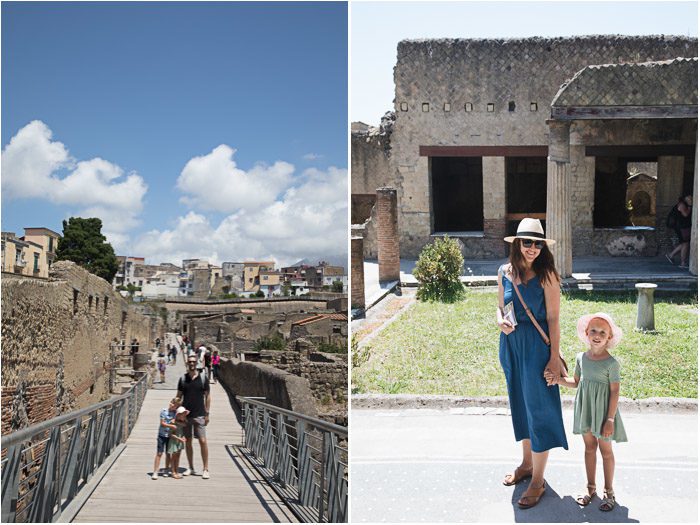
Herculaneum
Herculaneum is often overlooked by visitors in favor of its more famous contemporary-in-tragedy, Pompeii. We had, at least, on our first visit to the area many years ago. Like Pompeii, the classical fishing town of Herculaneum was first destroyed by an earthquake in AD 63 and then submerged by the AD 79 eruption of Vesuvius. However, whereas Pompeii was covered in raining ash and stone, this smaller town was much closer to the volcano and was covered in a thick sea of mud.
One gets a sense for the enormity of the disaster when you climb up out of the well-preserved town (it was practically fossilized in the mud) through that wal. From there, it’s a long way to the sea today, but where you stand was once a cliff overlooking its edge.
Much of the remains of the town are still undergoing excavation (and sit under present-day Ercolano), so the site is much smaller than Pompeii and would be much more manageable as a stop along our way. We made a few circles around the site, looking for the way into the underground parking structure, bought Skyler a sun hat at the vendor booths set up outside, and said hello to all the cats on our way in…

One of the things that I find striking about all of Italy is way the government and historical societies must have to make so many hard decisions about what they get to preserve. There’s so much ancient history—you can’t possibly protect everything. For example, if a still brightly colored mosaic floor from the first century AD were uncovered here, I surely would not be walking on it. It would under plexiglass.
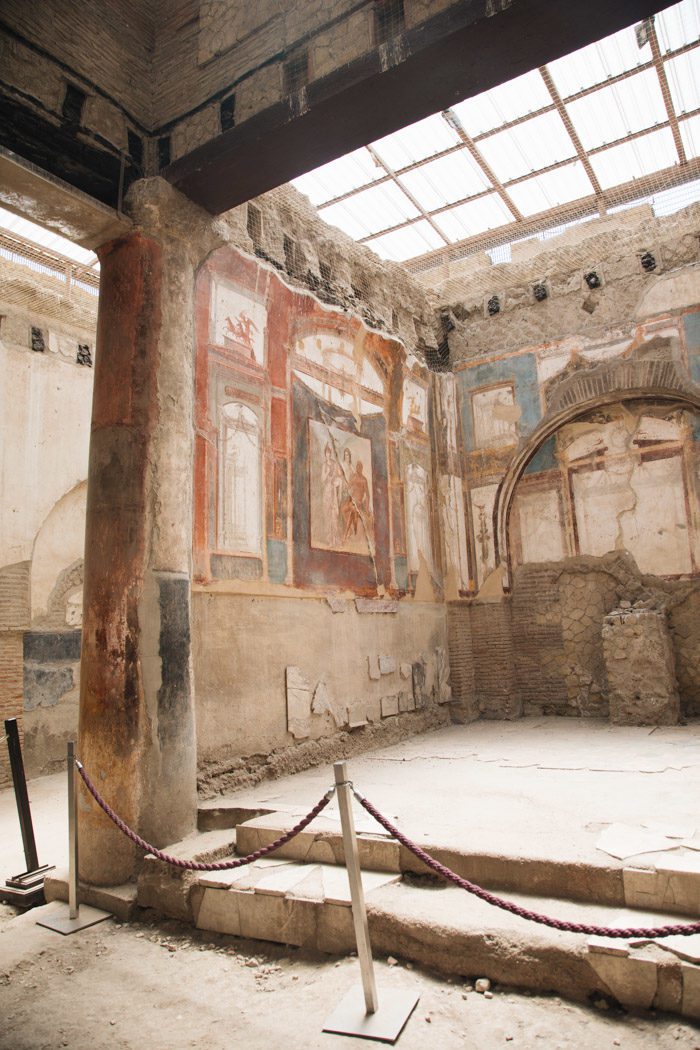

The site is spectacularly preserved—there are tiled public baths, ancient latrines, a street lined with shops, and homes with statues in courtyards. Overhearing a bit of a guide’s tour, I could tell that one would surely benefit from having the functions of all the buildings and the arrangements of the streets better explained, but the archaeological park guidebook actually does a wonderful job of highlighting points of interest and telling you what to look for.
I wish I could say that it was enough to really grab our children’s attention, but once again we ran into a bit of the dilemma of explaining to a 4 and 6-year-old why something is really special when it’s really old and still around for us to see it. The concepts of time, permanance, or lack thereof, are just a little too vague right now. Plus, as you might imagine, their instincts to touch frescoes and climb uneven rocks are really not ideally suited to such places.
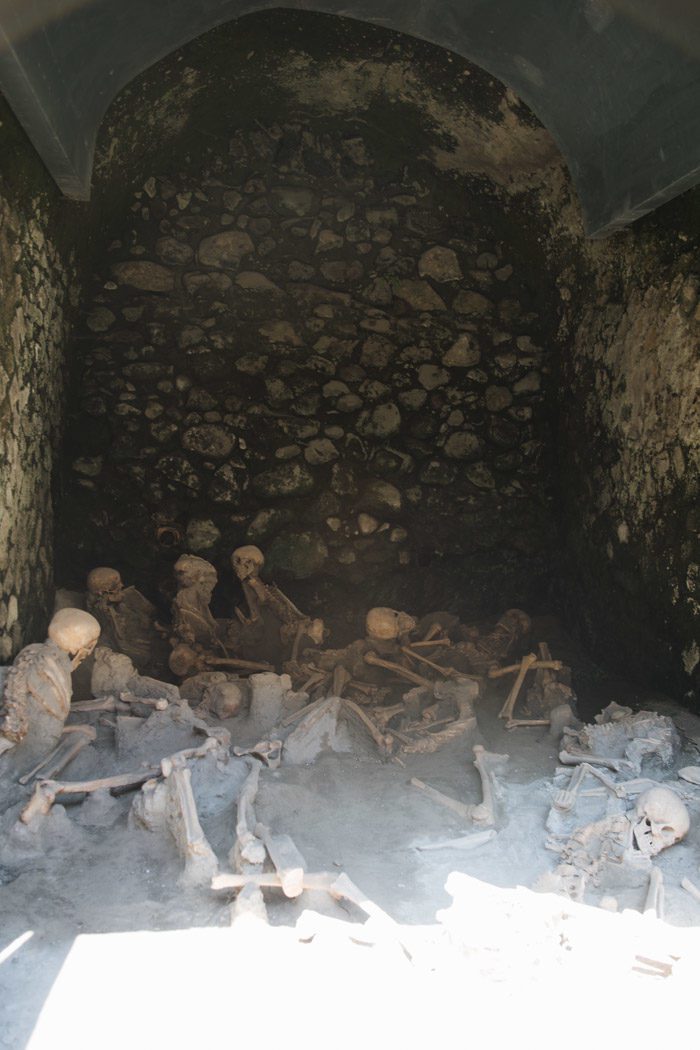
What did really get their attention, of course, where the remains of about 300 people who had tried to flee the volcano at the shore, and which were discovered in the 1980s. The power of the eruption to destroy and remake the land—and take the lives of so many people—was probably the most interesting aspect for them.
Apparently there is also a nearby “virtual archaeological” museum called MAV that uses holograms and computer-generated footage to bring the ruins back to life, and to show what the eruption might have been like. We decided we’d rather press on to Matera, but it may be a good place to start with kids if you think yours, too, will have trouble conceptualizing the site.
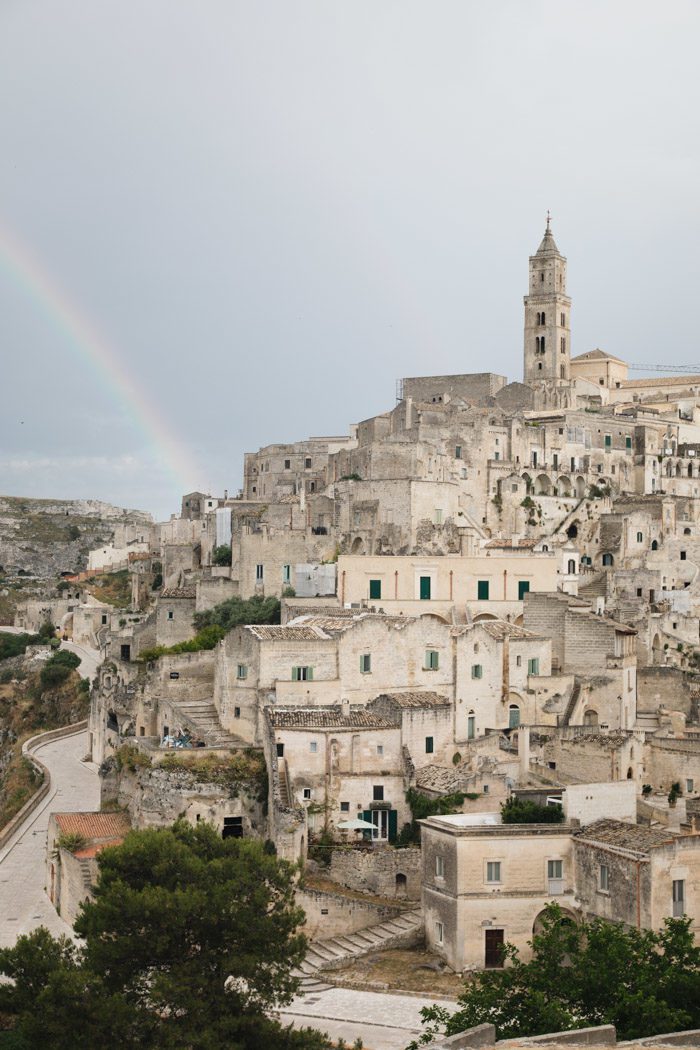
Matera
It was about three hours from Ercolano to Matera—mostly on large highways (all the better for stopping at an Autogrill, one of those amazing Italian convenience stops on the autostrada)—but also through pretty countryside. We listened to some Circle Round and Story Pirates (podcasts for kids), but the drive was actually perfectly timed for Hudson and Skyler to take a much-need afternoon nap in the backseat. We’d been going pretty hard since landing in Rome.
It started to rain a bit along the way, a total surprise to us, and so our first sight of the incredible city of Matera was graced by a rainbow.
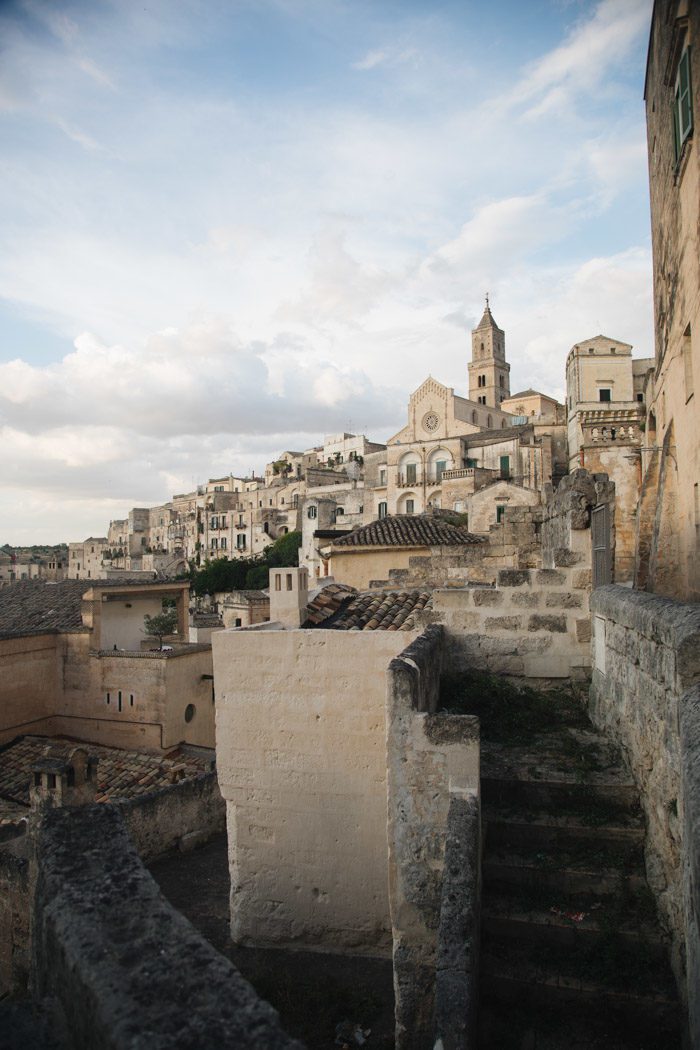
Matera, a UNESCO World Heritage site since 1993, is one of those cities that has been in my periphery for a long time. I actually have an unfinished blog post from nearly ten years ago about a hotel there, the Basilani hotel, which I noticed at the time for the uber-modern furnishings (like ghost chairs) set inside caves. But it’s more magnificent than I could have imagined. One of the oldest inhabited places in the world—the second oldest constantly inhabited city in the world, after Jerusalem—archaeologists have found artifacts in local caves dating to the Neolithic period and even earlier.
It’s best known for its Sassi quarters, a well-preserved village where hundreds of caves were turned into dwellings, churches, and palaces, during the middle ages when the region’s farming economy was booming. Eventually, the middle class disappeared to larger cities and those who were left ended up living in terrible squalor, until Carlo Levi published his memoir Christ Stopped at Eboli and the city became known as “the shame of Italy.” In the 1950s, the entire population of roughly 16,000 people, mostly peasants and farmers, were relocated from the Sassi to new housing projects. Eventually, the city was largely abandoned, until 40 or so years later when the government archaeologists started arriving and the UNESCO status prompted hoteliers to begin leasing out space in its caves.
The remodeling has remained very conscientious of the need to balance modernity and community with preservation and next year Matera—a city clearly bursting with pride for its bold turnaround—will be Europe’s Capitol of Culture.
There’s a wonderful article in Smithsonian Magazine, “How Matera Went From Ancient Civilization to Slum to a Hidden Gem” that will do the story more justice.
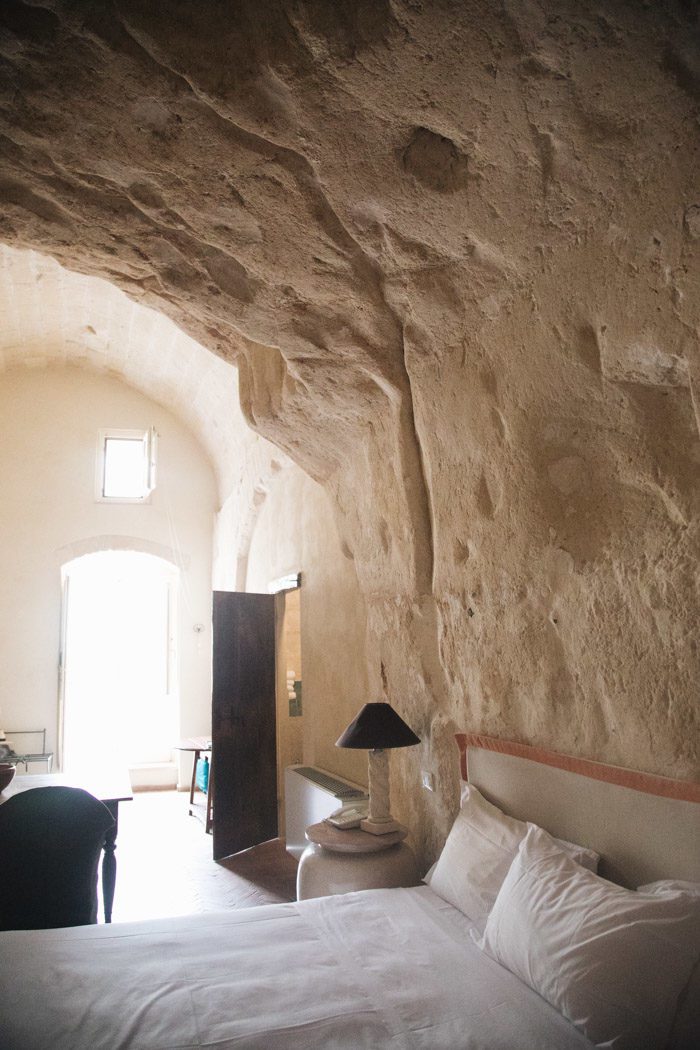
We were determined that our hotel would be set in one of the caves (and didn’t want to disappoint the kids, who were also excited at the prospect), but had some trouble finding affordable options at first. Many of the places I’d bookmarked were all full or were advertising rooms for close to $700 a night! The Sextantio hotel is admittedly stunning, but it was too crazy. I’d almost given up and gone with one of the many lovely airbnbs we’d found, but Aron found us a great spot, Locanda di San Martino that was well-located and where we could, indeed, deliver on our promise to sleep in a cave.
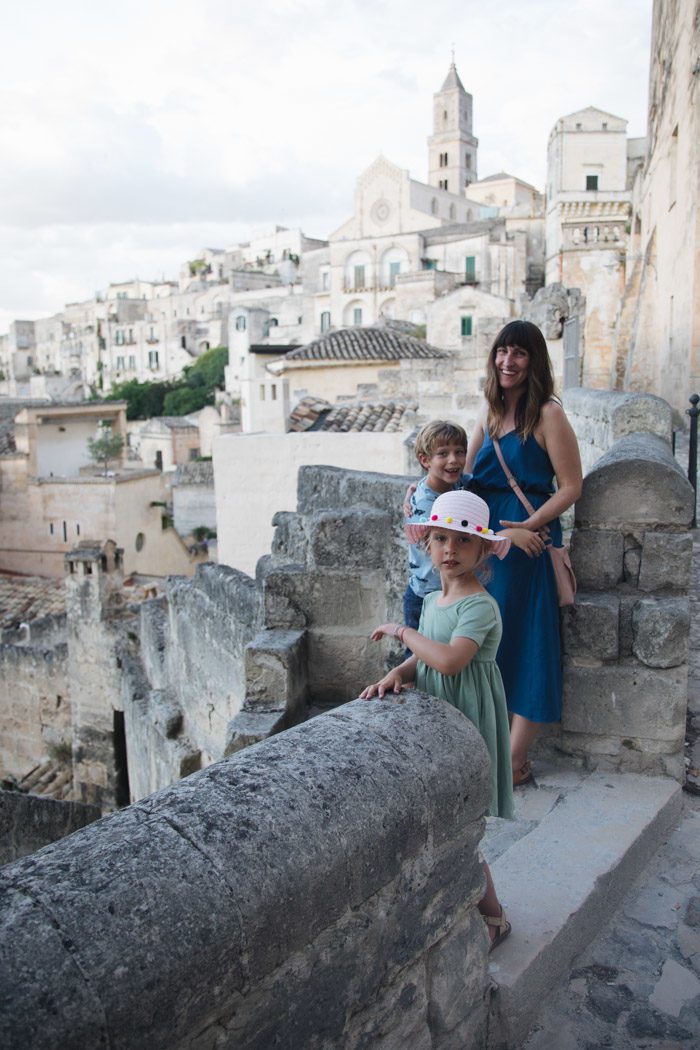
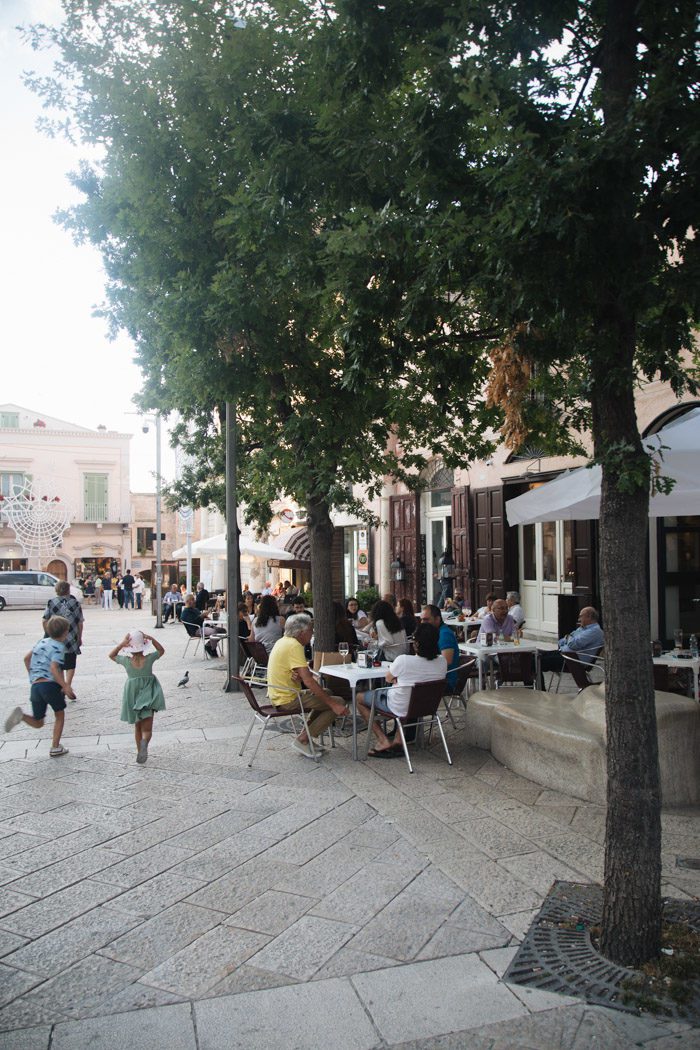
We dropped our bags and set off to explore, only to find ourselves lost immediately—and repeatedly. But there was a joy to it all. We’d let the kids run ahead, comforted in knowing that very few cars were making it into the labyrinth-like center, and they’d lead us this way and that up stairs until we’d arrive at a square and find it full of people.

And if we were luckier still, we’d find ourselves at an overlook, where the maze we’d just navigated revealed itself to be even more vast.
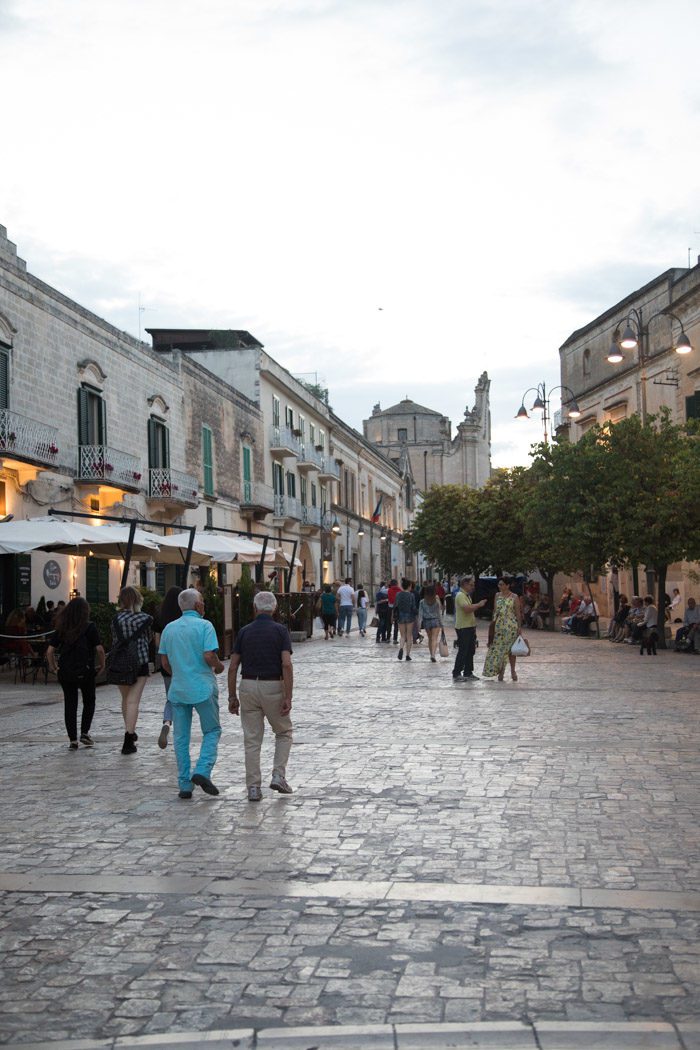
It was this balance of old and new, of secret alleys and crowded piazzas, that made Matera so appealing. We watched the sun set and the birds fly out into pink clouds on our first night as locals took to their evening promenade, la passeggiata.
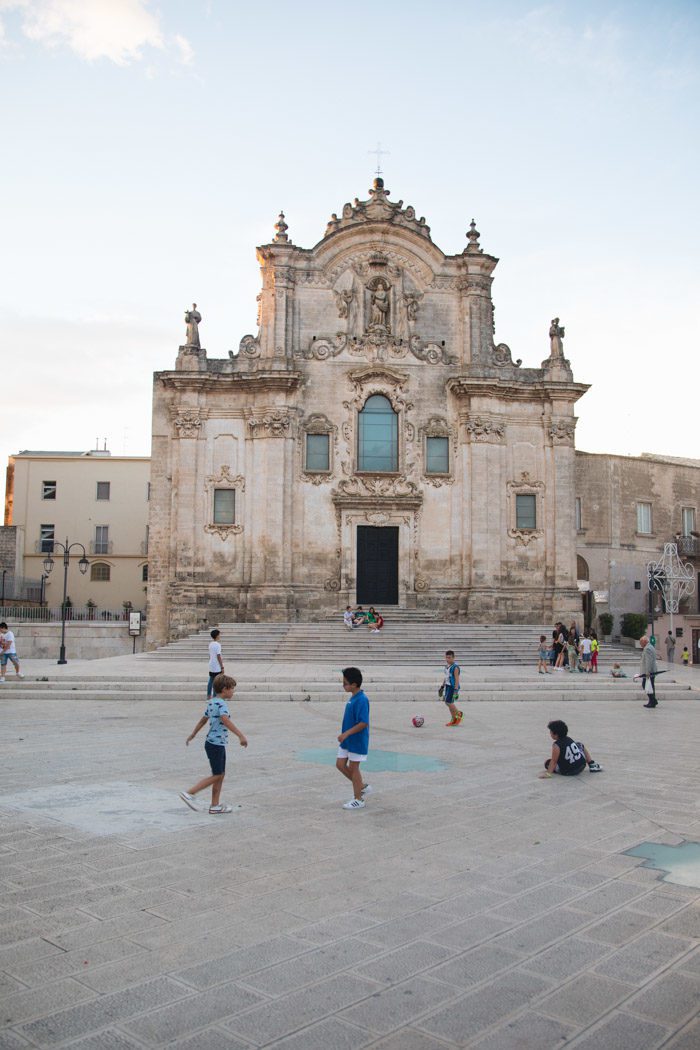
Hudson discovered the universal language of soccer, inserting himself tentatively into the pick-up game in front of the church.

And we found more cats. And we stopped for every. single. one.
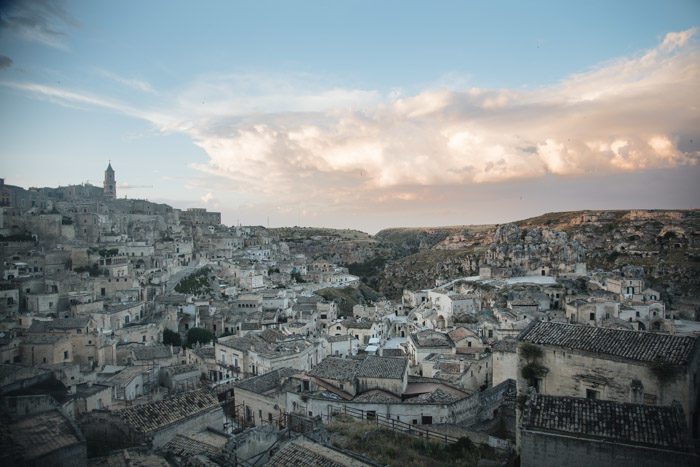


It really was breathtaking.
I should note that many filmmakers have found it to be so, too. Most famously, Mel Gibson used Matera as the backdrop for The Passion of the Christ. We watched it for the first time when we got home (something I do not recommend), pointing when we’d see a familiar scene.

There are lots of cool new restaurants and bars (like Area 8, pictured above) along with those places serving the most traditional of Basilicata fare. We followed a tip and sought out Soul Kitchen, despite some hesitance over the name, which was touted for a modern take on the cuisine. Dinner started with the chef’s choice antipasti—a selection of three hot and three cold small bites, and it was the highlight of the meal. Everything else was delicious in that way that all Italian food seems to be, worthy of audible oohs and aahs, but it was that starter which will forever stand out.

Mornings were slow-going. Hudson took to reading on our kindle when it took the rest of us too long to rouse ourselves. We’d been staying up late every night and the lack of windows made the room so nice and cozy in the morning. We just made it to the hotel breakfast before it closed. It was a wonderful buffet, with lots of local cheeses, yogurts, fruit, and bread—and some piano music!

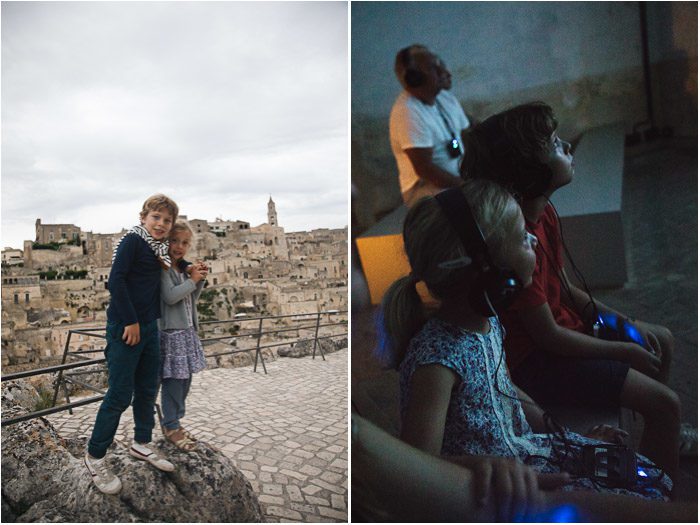
Once we made it out, we realized we’d underdressed and ran back to grab sweaters and jackets. So much for the oppressive heat everyone had warned us about!
We bought some umbrellas from a man outside the church and ducked into Casa Noha as it started to rain. I highly recommend it as one’s first stop in Matera. The 25-minute exhibit, a film that’s projected across three rooms of a 16th-century family home, tells the social history of the town and its sassi. I was so glad we’d visited, and I think we really had a higher appreciation for everything we saw thereafter. I found the triumph of the town to be very moving!
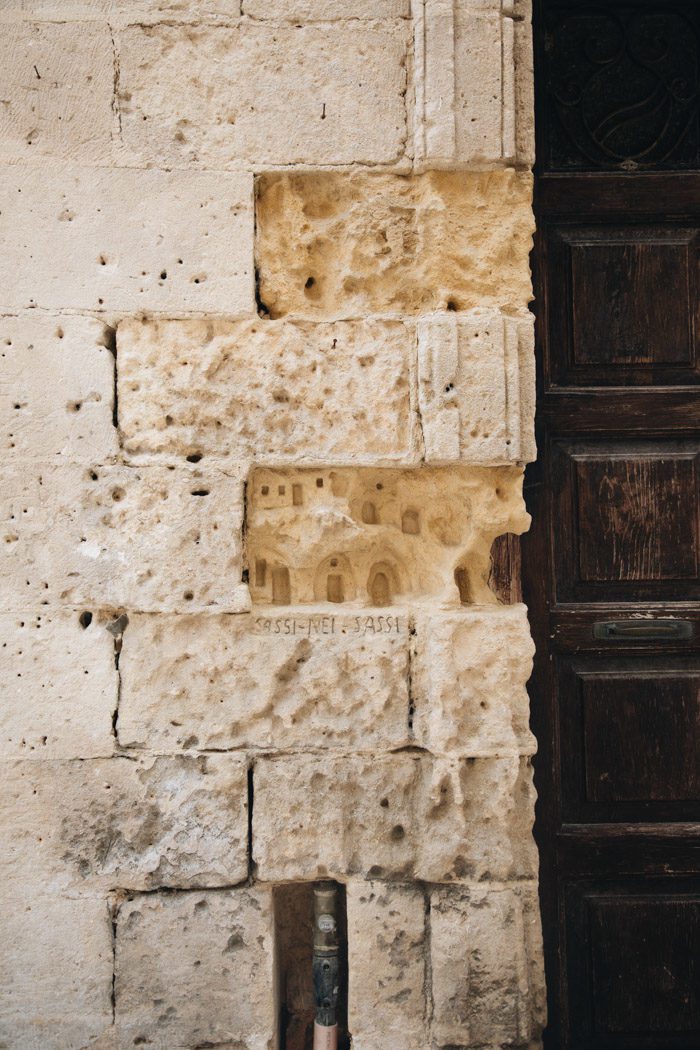


The day remained chilly, but the sun broke through such that we were able to ditch our umbrellas and see where the many staircases would lead us. It was surprising, actually, just how spry the kids were when it came to all the stairs. I think it was the discovery factor and the rewards of climbing to high points with real views that kept them racing up and and down when the rest of us would struggle. It was only when we’d come to something flat (boring) that suddenly their legs wouldn’t work.
We tasted amaro at Lucano la Bottega, found the city’s famous bread, and I brought home one of Matera’s iconic little ceramic whistles, the cuccù, brightly painted and in the shape of a rooster, once prized by Matera’s children.
We’d often end up back at the top of town along a pedestrianized street, where we stopped for lunch at Ridola and, of course, gelato.

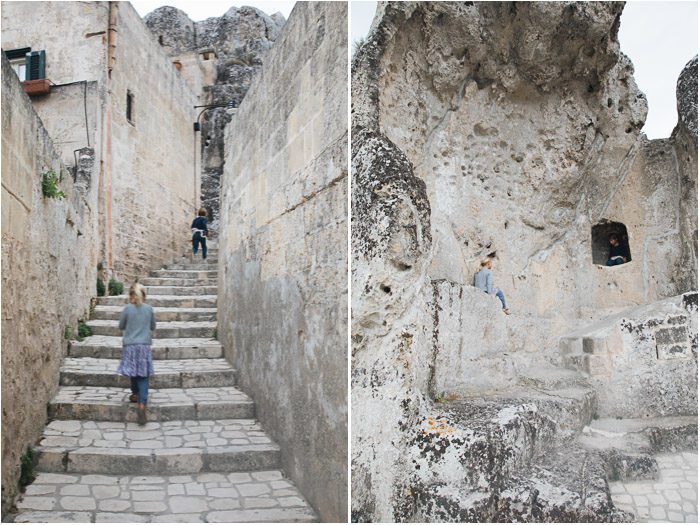

We made tour reservations after lunch for Palombaro Lungo, a giant cistern that was discovered under the city’s main square with arches carved out of the existing rock and covered in terra cotta, as there are only a few english-spoken tours each day. But we had some extra time before it departed, so we made our way to Casa Grotta to get a better sense of what a sassi may have looked like occupied. Animals, like the family mule or the chickens would be housed inside with the family (Skyler is hoping to find some under the bed), who all squeezed into the space together. One of the more haunting descriptions was of the pit that might have been dug behind the bed to collect feces for the purpose of making manure for the soil after the decline of the animal populations in the region.
We found that we were suddenly running late for our tour and would literally need to run through the serpentine alleyways and up many flights of stairs back to the main square. Wouldn’t you know it? That was one of the few other times that the kids’ legs stopped working. Sigh.

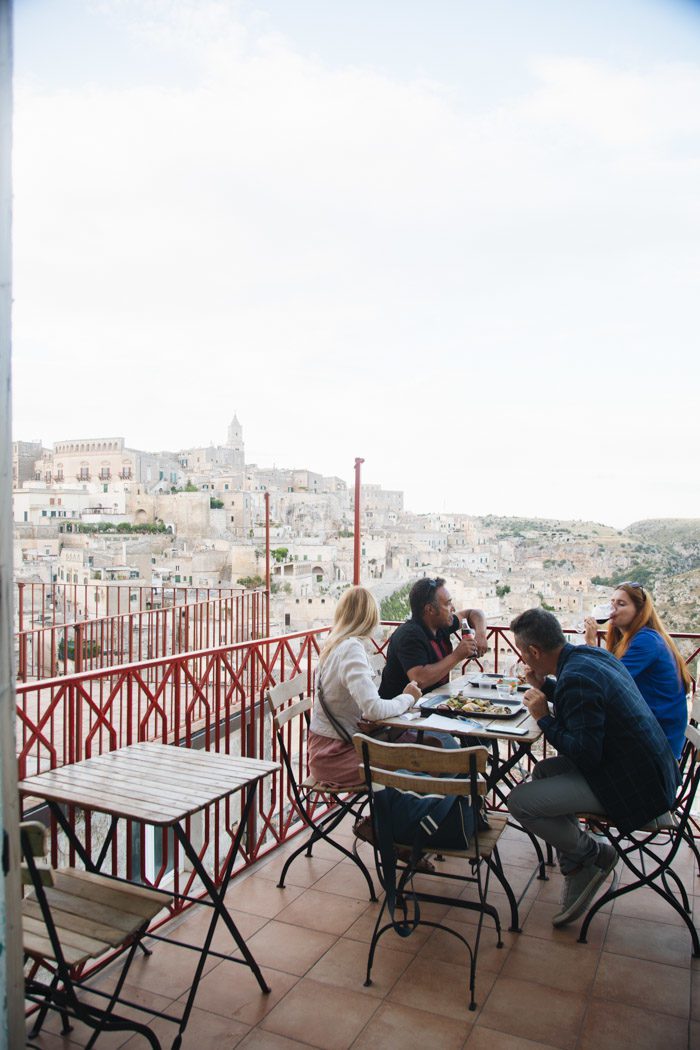
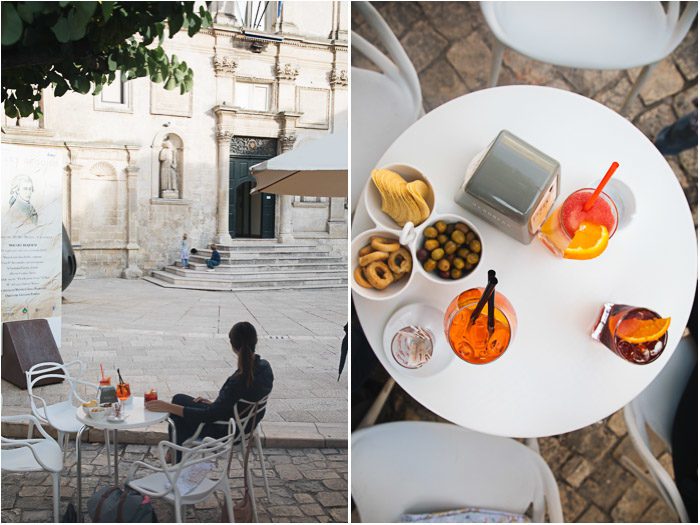
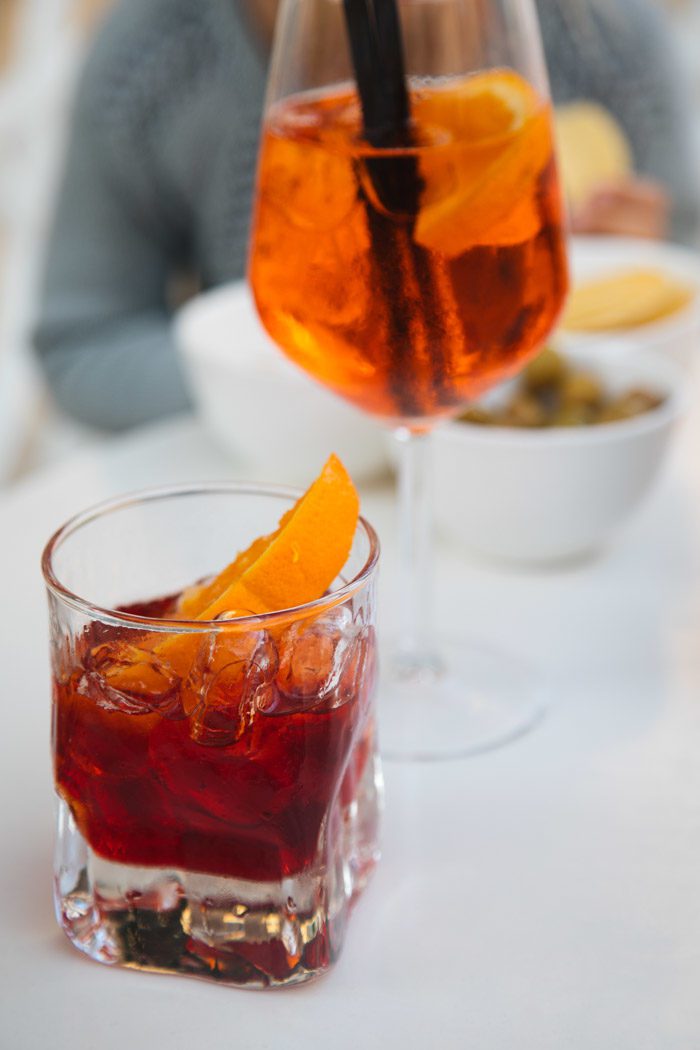
Whenever possible, I was determined we sit down for Aperitivo hour. With your drink charge often comes a spread of little snacks, just right for little stomachs that can’t quite make it to dinner. We’d also come to discover the pleasure of finding such places beside a square where the kids were free to chase pigeons and play hide-and-seek. (Or do the floss.)
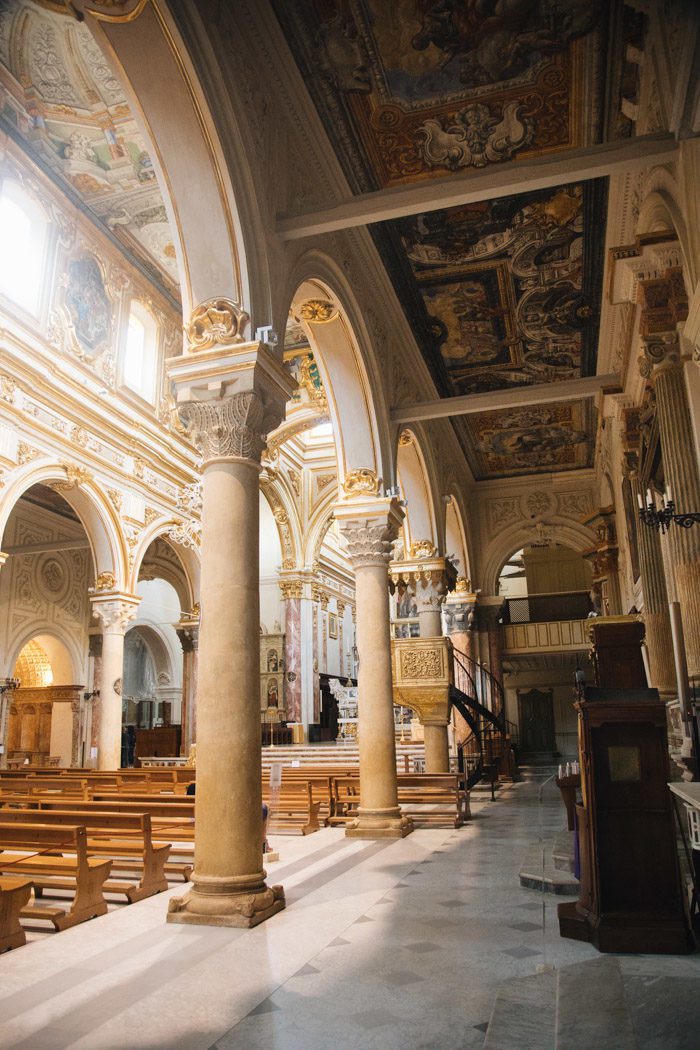
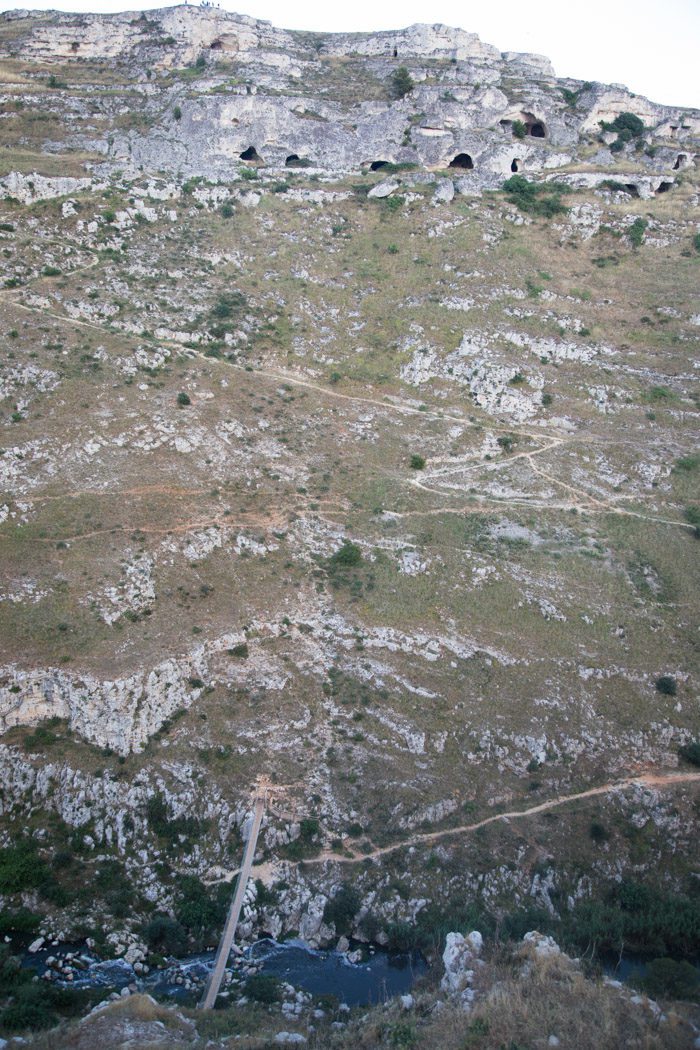
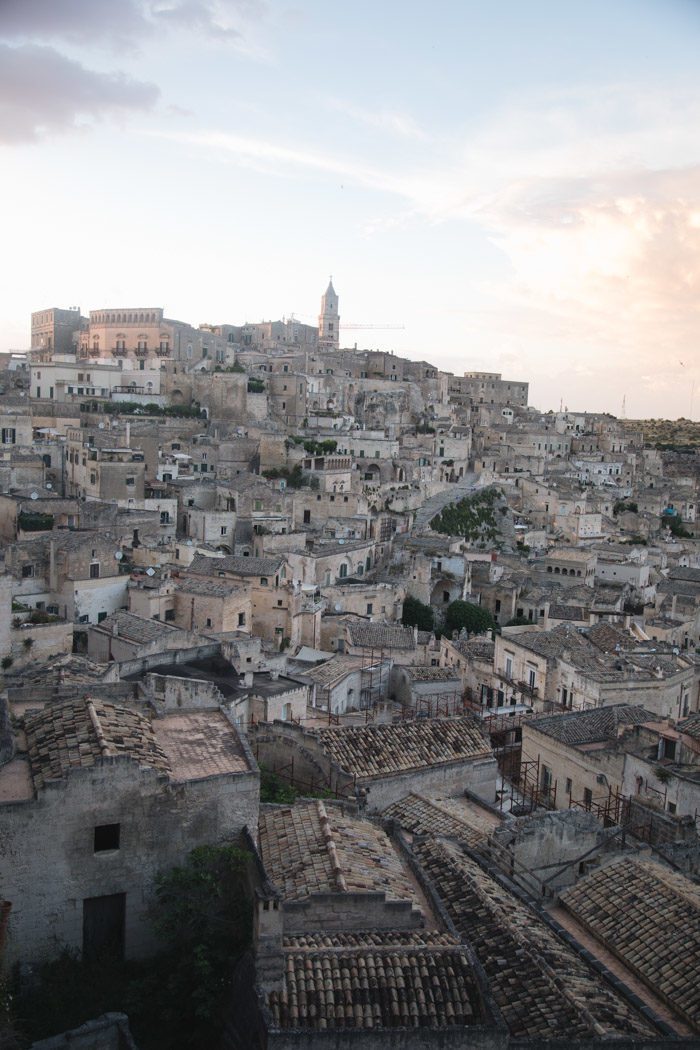

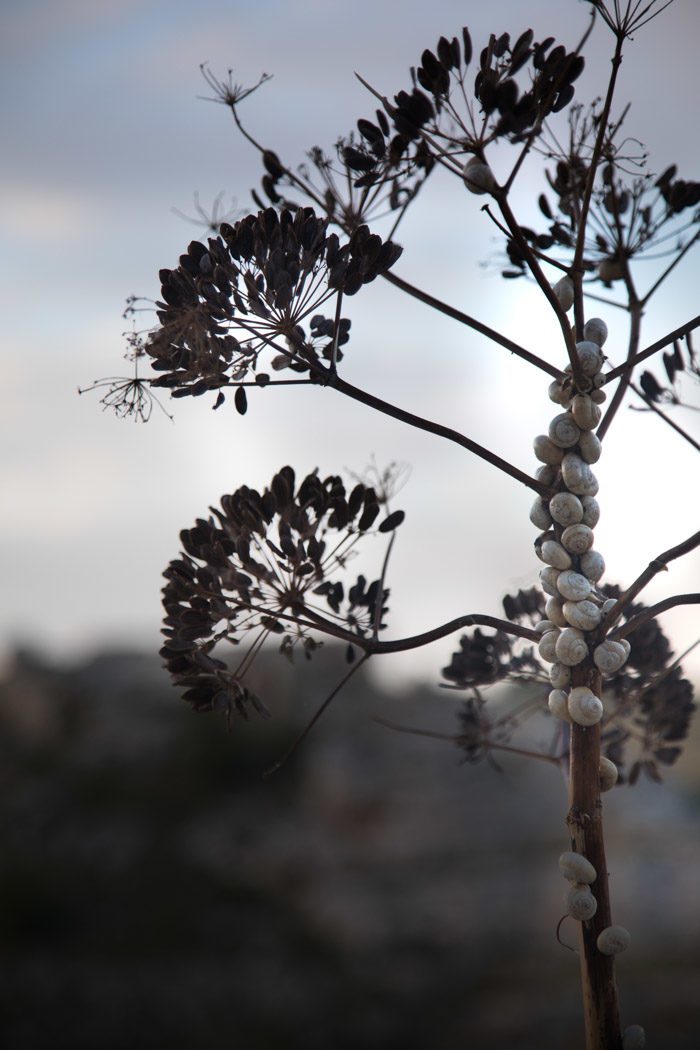
The city looks out over a deep canyon that’s pockmarked with abandoned caves, part of the Murgia Plateau. There’s a trail that leads down to the bottom and back up across, but it was cut off for restoration at the time we visited.
We walked along the wall overlooking the ravine, Aron and I marveling at the sweeping views, while Hudson and Skyler marveled at tiny white snails and the occasional beetle.


Dinner on our last night was at Osteria al Casale in Sasso Barisano, where we composed our meal primarily of antipasti and pizza. It was here that Hudson bit into a slice only to lose a tooth! We tucked it away in my wallet and he later wrote a letter describing why it was being traded in so late.
We had hoped, the following morning, that we might drive to the other side of the gorge and visit the caves on the plateau—I think the kids would have loved hiking down the trail a bit—but the rain had intensified. I was disappointed to miss that experience, I won’t lie.
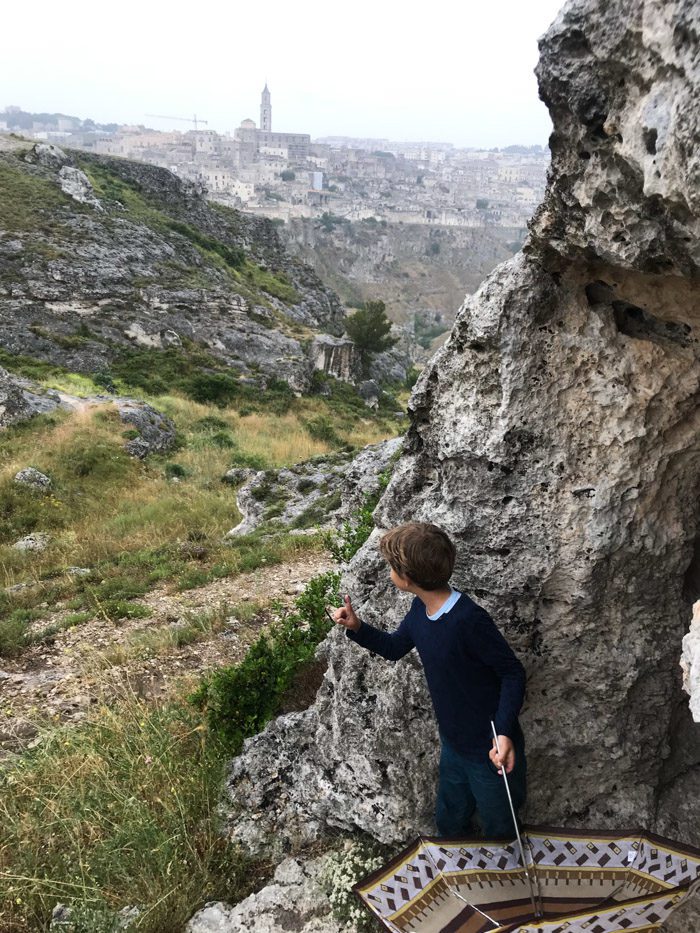
But what could have been purely a disappointment, at least proved fun when Hudson and Aron jumped out of the car and made a run for it, trying to find a dry spot in one of the caves.
From there, one could look back across at the city and take in, one more time, its awesome chaos and beauty. Or, you know, find a millipede to appreciate on one’s index finger.
Next up: the hill towns of Puglia, and the Salento.
Previously: Rome.
Also from Italy: Sardinia, Tuscany, Positano and the Amalfi Coast, Rome, where to shop in Venice, and our first trip together to Italy, with stops in Venice, Cinque Terre, and Florence. Also, some thoughts on travel (in Italy and beyond) with kids.


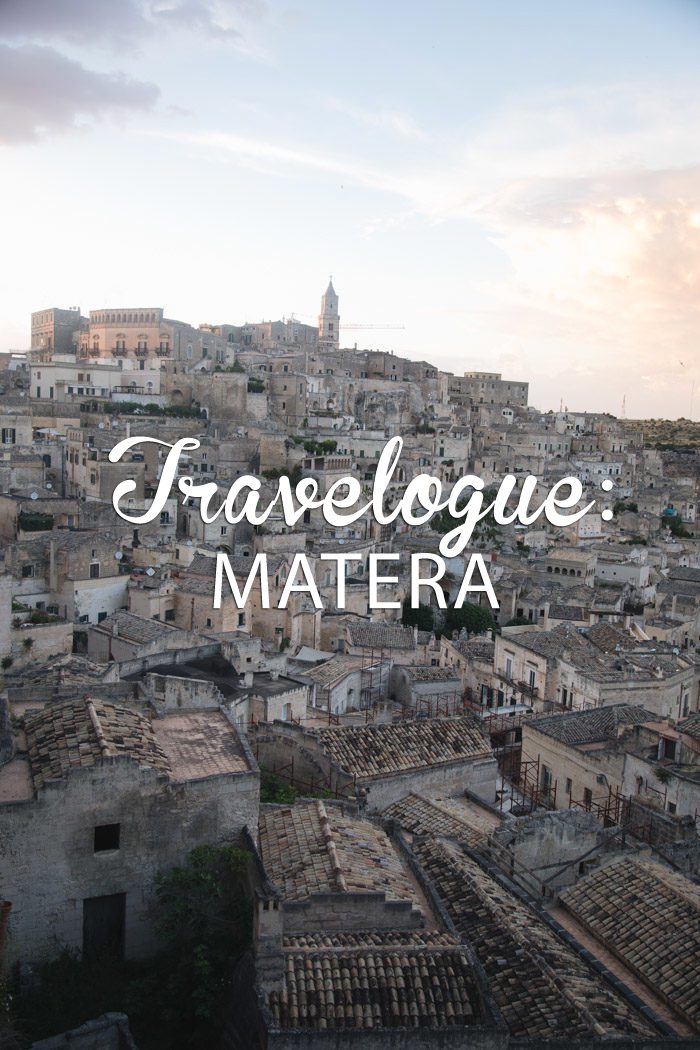

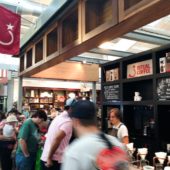
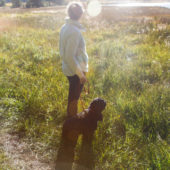
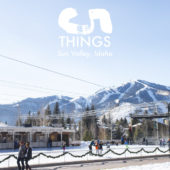









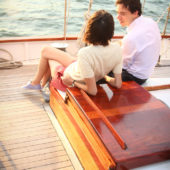
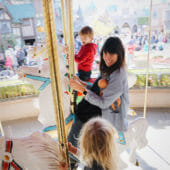
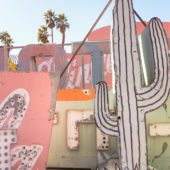
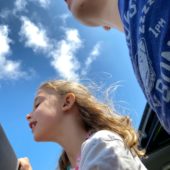


















14 Comments